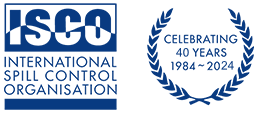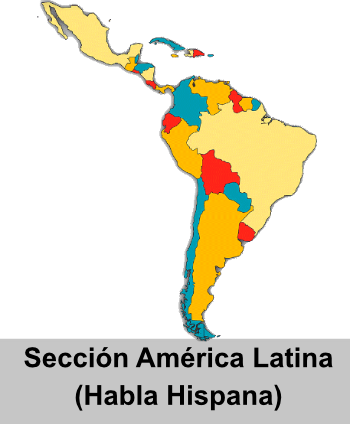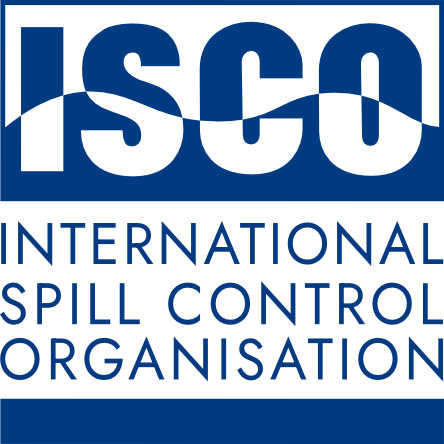Li Z., Qi R., Li Y., Miao J., Li Y., He Z., Zhang N., Pan L. (2024) Science of the Total Environment, 912, art. no. 169124, DOI: 10.1016/j.scitotenv.2023.169124
ABSTRACT: The pollution of dissolved and particulate polycyclic aromatic hydrocarbons (PAHs) in coastal waters has been increasing in recent decades. However, limited research has been conducted on the characteristics of dissolved and particulate PAHs in seawater and their associated risk assessment. Here, we focused on the bioavailability and environmental risk of PAHs in four typical bays of Shandong Province, China, and used scallop Chlamys farreri and clam Mactra veneriformis as sentinel species. The results revealed that dissolved PAHs tended to bioaccumulate in scallop C. farreri, and their ecological risk exhibited a significant correlation with the health risk of bioaccumulated PAHs and the bioeffect of screened biomarkers in scallop. Conversely, particulate PAHs demonstrated a higher bioaccumulation potential in the clam M. veneriformis, showing a stronger correlation between their ecological risk, health risk, and bioeffect in clams. This study provides the first elucidation of the connection between the ecological risk, health risk, and bioeffect of PAHs. Furthermore, based on the better correlation of health risk and bioeffect caused by PAHs with total PAHs in seawater, we propose that the clam M. veneriformis is a more suitable sentinel species for assessing environmental risk in typical bays of Shandong Province.





